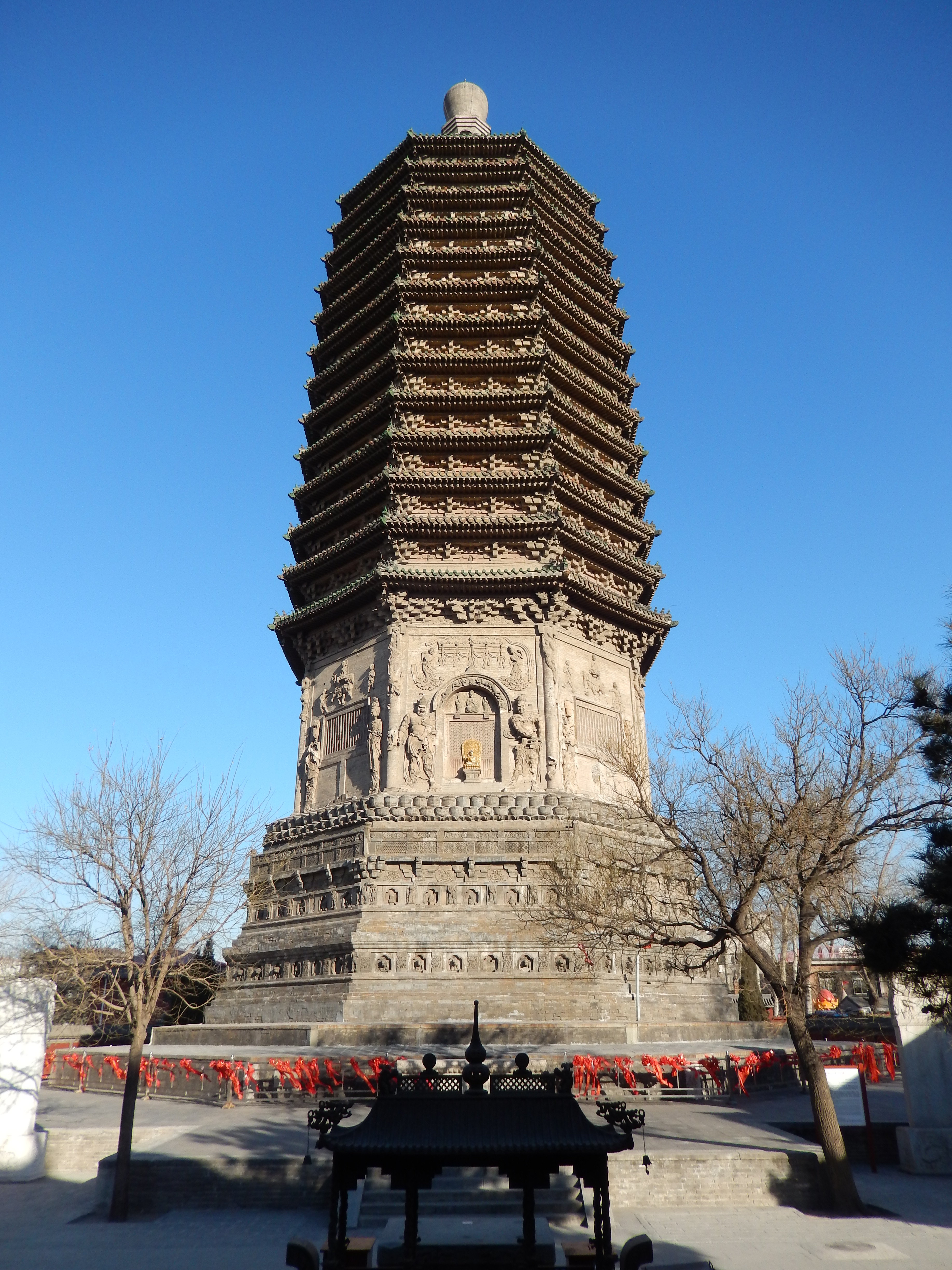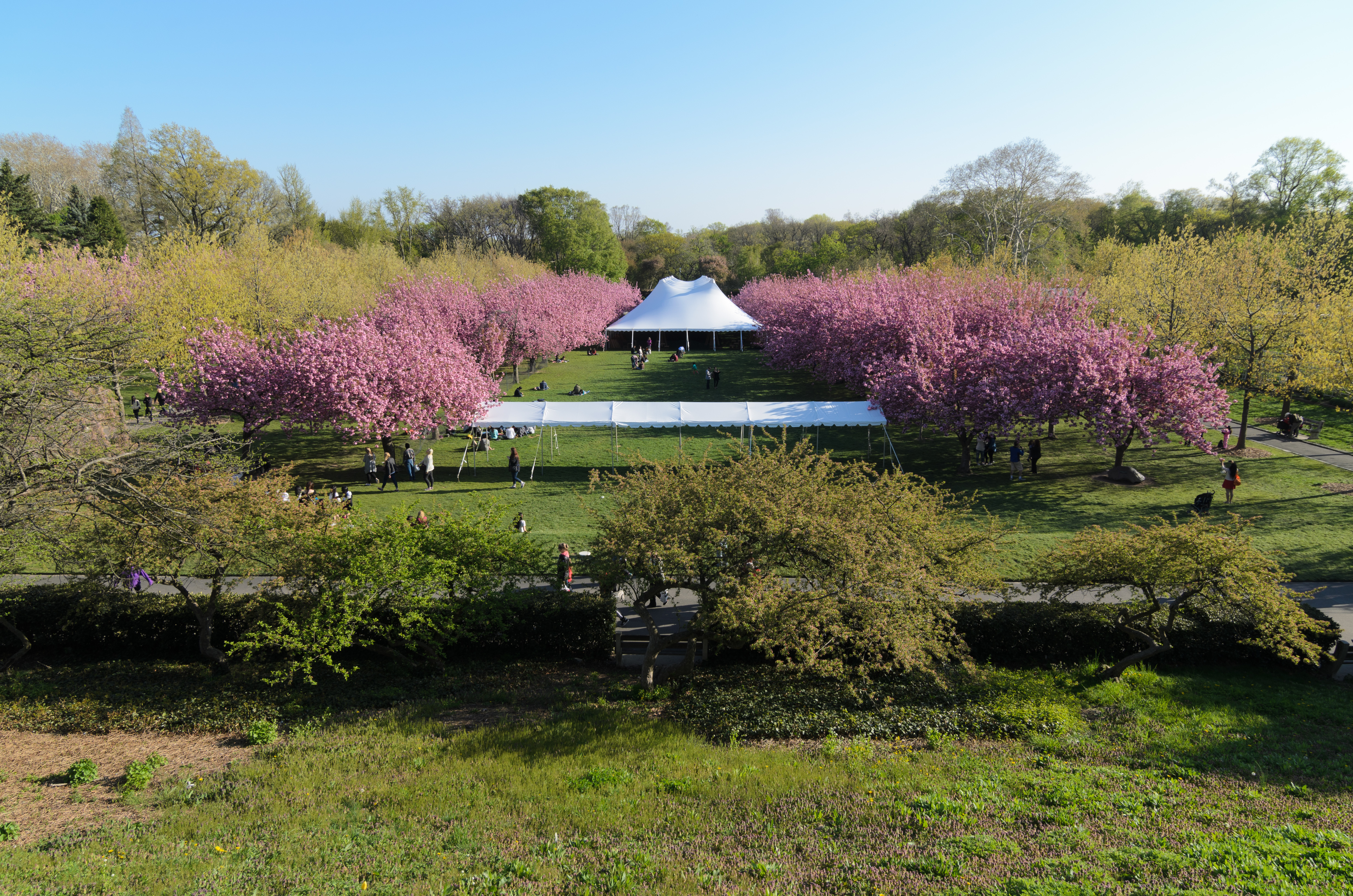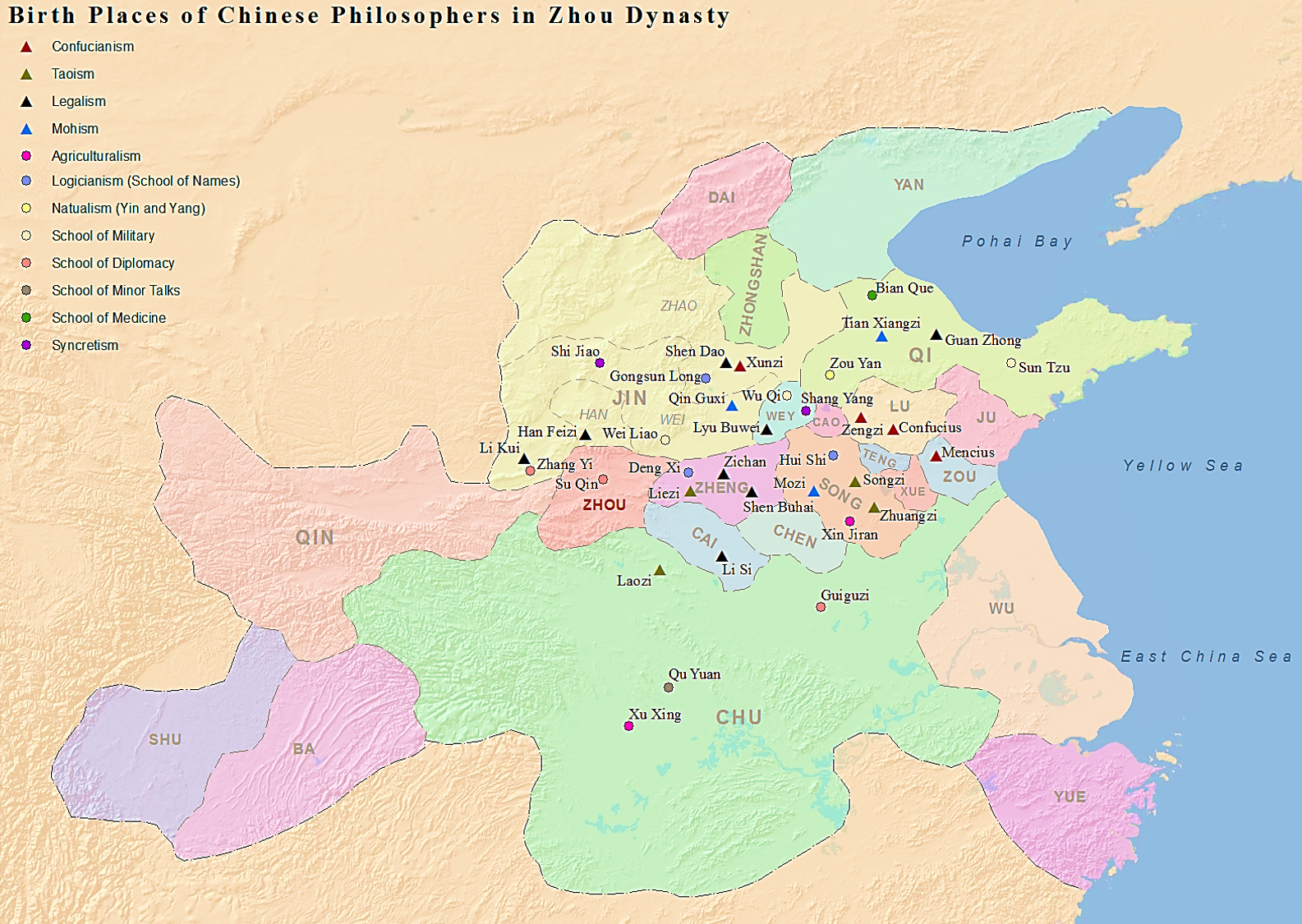|
Shichahai
Shichahai () is a historic scenic area consisting of three lakes in the north of central Beijing. They are located directly northwest of the Forbidden City and north of the Beihai Lake. Shichahai consists of the following three lakes: Qianhai (), Xihai () and Houhai (). In imperial times it was called the ''Riverbank'' (). Description Shichahai consists of 147 hectares and dates back to the Jin Dynasty. From the time of the Yuan Dynasty it was the northernmost part of the Grand Canal linking Hangzhou in the south to Beijing in the North of China. Because of this, the Shichahai area used to be the most important commercial district with all kinds of activities going on. It harbors several temples and mansions. Shichahai literally means "the lake of ten temples". Around the lake there are ten famous Taoist and Buddhist temples and several formal royal mansions and gardens. The most well known are the Prince Gong Mansion and the Prince Chun Mansion. Shichahai is a famous sceni ... [...More Info...] [...Related Items...] OR: [Wikipedia] [Google] [Baidu] |
Beijing
} Beijing ( ; ; ), alternatively romanized as Peking ( ), is the capital of the People's Republic of China. It is the center of power and development of the country. Beijing is the world's most populous national capital city, with over 21 million residents. It has an administrative area of , the third in the country after Guangzhou and Shanghai. It is located in Northern China, and is governed as a municipality under the direct administration of the State Council with 16 urban, suburban, and rural districts.Figures based on 2006 statistics published in 2007 National Statistical Yearbook of China and available online at archive. Retrieved 21 April 2009. Beijing is mostly surrounded by Hebei Province with the exception of neighboring Tianjin to the southeast; together, the three divisions form the Jingjinji megalopolis and the national capital region of China. Beijing is a global city and one of the world's leading centres for culture, diplomacy, politics, financ ... [...More Info...] [...Related Items...] OR: [Wikipedia] [Google] [Baidu] |
Prince Gong Mansion
Prince Gong's Mansion, also known as the Prince Kung Mansion, is a museum and tourist attraction located in Xicheng District, Beijing, just north of the Shichahai Lake. It consists of large siheyuan-style mansions and gardens. Originally constructed for Heshen, an official highly favoured by the Qianlong Emperor, it was later renamed after Prince Gong, a Manchu prince and influential statesman of the late Qing dynasty, who inhabited the mansion in the late 19th century. Name "Kung" is the older, Wade-Giles romanization of the same Chinese character spelled "gong" in pinyin. It was not Yixin's personal name, but a title meaning the "Respectful Prince" or "King". History Prince Gong's Mansion was constructed in 1777 during the Qing dynasty for Heshen, a prominent court official in the reign of the Qianlong Emperor infamous for being the most corrupt official in Chinese history. From a young age, Heshen earned the favor of the Qianlong Emperor and rose swiftly through the r ... [...More Info...] [...Related Items...] OR: [Wikipedia] [Google] [Baidu] |
Beihai Park
Beihai Park () is a public park and former imperial garden located in the northwestern part of the Imperial City, Beijing. First built in the 11th century, it is among the largest of all Chinese gardens and contains numerous historically important structures, palaces, and temples. Since 1925, the place has been open to the public as a park. It is also connected at its northern end to the Shichahai. The park has an area of more than , with a lake that covers more than half of the entire park. At the center of the park is an island called Jade Flower Island (), whose highest point is . ''Beihai'' literally means "Northern Sea". There are also corresponding Central (''Zhonghai'') and Southern (''Nanhai'') "Seas" elsewhere. These latter two are joined inside a complex of buildings known after them as Zhongnanhai; it is the home of China's paramount leaders. The Beihai Park, as with many of Chinese imperial gardens, was built to imitate renowned scenic spots and architect ... [...More Info...] [...Related Items...] OR: [Wikipedia] [Google] [Baidu] |
Houhai
Houhai ( 'Rear Lake') is a lake and its surrounding neighborhood in Xicheng District of central Beijing, China. Houhai is the largest of the three lakes, along with Qianhai 'Front Lake' and Xihai 'Western Lake', that comprise Shichahai, the collective name for the three northernmost lakes in central Beijing. Since the early 2000s, the hutong neighborhood around Houhai has become known for its nightlife as many residences along the lake shore have been converted into restaurants, bars, and cafes. The area is especially popular with foreign tourists visiting Beijing and is also often visited by the expatriate community and the younger generations of locals. The Former Residence of Soong Ching-ling and Prince Gong Mansion are both located in the Houhai neighborhood. History The artificial lake of Houhai was built during the Yuan dynasty, and formed part of the ancient waters of the dynasty. The area was gentrified by the Yuan, and was exclusively reserved to the royal family. ... [...More Info...] [...Related Items...] OR: [Wikipedia] [Google] [Baidu] |
Fu Jen Catholic University
Fu Jen Catholic University (FJU, FJCU or Fu Jen; or ) is a private Catholic university in Xinzhuang, New Taipei City, Taiwan. The university was founded in 1925 in Beijing at the request of Pope Pius XI and re-established in Taiwan in 1961 at the request of Pope John XXIII, its name means "assistance" and "benevolence". Fu Jen has since grown to comprise twelve colleges and schools, among which are several Taiwan's first or only academic units, such as Italian language, info-management, museology, religious studies, philosophy as well as hosts the earliest A&HCI journal in the whole country. The campus is served by Fu Jen University Station, Taiwan's first metro station named after a university. Fu Jen is the oldest Catholic and Jesuit-affiliated institution of higher education in the Sinophone world, under the direct authority of the Congregation for Catholic Education of the Holy See. It is also a non-state actor of Track II diplomacy in the Holy See–Taiwan rela ... [...More Info...] [...Related Items...] OR: [Wikipedia] [Google] [Baidu] |
Former Residence Of Soong Ching-ling (Beijing)
The Former Residence of Soong Ching Ling () is a museum in the Shichahai area of Beijing, China, and once was the last residence of Soong Ching-ling, the wife of Sun Yat-sen and later Vice-President and Honorary President of the People's Republic of China The president of the People's Republic of China, commonly called the president of China, is the head of state and the second-highest political office of the People's Republic of China. The presidency is constitutionally a largely ceremonial off ... in 1981. The museum opened in 1982, was renovated in 2009, and is dedicated to her memory. History The site was once a garden used by princes and nobles of the Qing dynasty; the compound contains buildings that date back to the reign of the Kangxi Emperor and displays flowers and trees, ponds, and rockeries. In 1888, Empress Dowager Cixi granted the site to Prince Chun Yixuan, the father of the Guangxu Emperor. The residence was later used by Yixuan's son, Zaifeng, who w ... [...More Info...] [...Related Items...] OR: [Wikipedia] [Google] [Baidu] |
Prince Chun Mansion
The Prince Chun Mansion (), also known as the Northern Mansion (北府, ''Běifǔ''), is a large residence in the siheyuan style with lavish private garden located near the Shichahai neighborhood in central Beijing. The grounds had been part of a villa built by Mingju, an official in the court of Emperor Kangxi. It would later be seized by Heshen, a favorite of Emperor Qianlong, and following Heshen's purge and execution in 1799, it would be bestowed on Yongxing, Prince Cheng, by his brother, the Emperor Jiaqing, and the mansion was renovated. The mansion would change hands several times, eventually ending up as the residence of a minor Qing official named Yusu. In 1888, was granted to Yixuan, Prince Chun, the biological father of the Emperor Guangxu, by his sister-in-law, Empress Dowager Cixi. In 1891, the First Prince Chun died, and his title and the mansion was inherited by his second surviving son, Zaifeng. It was at the mansion, in 1906, Puyi, the last Qing emperor, ... [...More Info...] [...Related Items...] OR: [Wikipedia] [Google] [Baidu] |
Gardens In Beijing
A garden is a planned space, usually outdoors, set aside for the cultivation, display, and enjoyment of plants and other forms of nature. The single feature identifying even the wildest wild garden is ''control''. The garden can incorporate both natural and artificial materials. Gardens often have design features including statuary, follies, pergolas, trellises, stumperies, dry creek beds, and water features such as fountains, ponds (with or without fish), waterfalls or creeks. Some gardens are for ornamental purposes only, while others also produce food crops, sometimes in separate areas, or sometimes intermixed with the ornamental plants. Food-producing gardens are distinguished from farms by their smaller scale, more labor-intensive methods, and their purpose (enjoyment of a hobby or self-sustenance rather than producing for sale, as in a market garden). Flower gardens combine plants of different heights, colors, textures, and fragrances to create interest and delight the se ... [...More Info...] [...Related Items...] OR: [Wikipedia] [Google] [Baidu] |
Gulou And Zhonglou
The Drum Tower of Beijing, or Gulou (), is situated at the northern end of the central axis of the Inner City to the north of Di'anmen Street. Originally built for musical reasons, it was later used to announce the time and is now a tourist attraction. The Bell Tower of Beijing (), stands closely behind the drum tower. Together, the Bell Tower and Drum Tower have panoramic views over central Beijing and before the modern era, they both dominated Beijing's ancient skyline. Function Bells and drums were musical instruments in ancient China. Later they were used by government and communities to announce the time. The Bell and Drum towers were central to official timekeeping in China in the Yuan, Ming and Qing dynasties. The Bell and Drum Towers continued to function as the official timepiece of Beijing until 1924, when the Beijing Coup led to the expulsion of Puyi, the last emperor of the Qing Dynasty, from the Forbidden City, and the adoption of western-styled clockwork fo ... [...More Info...] [...Related Items...] OR: [Wikipedia] [Google] [Baidu] |
Taoist
Taoism (, ) or Daoism () refers to either a school of philosophical thought (道家; ''daojia'') or to a religion (道教; ''daojiao''), both of which share ideas and concepts of Chinese origin and emphasize living in harmony with the '' Tao'' (, 'Thoroughfare'); the ''Tao'' is generally defined as the source of everything and the ultimate principle underlying reality. The ''Tao Te Ching'', a book containing teachings attributed to Laozi (), together with the later writings of Zhuangzi, are both widely considered the keystone works of Taoism. Taoism teaches about the various disciplines for achieving perfection through self-cultivation. This can be done through the use of Taoist techniques and by becoming one with the unplanned rhythms of the all, called "the way" or "Tao". Taoist ethics vary depending on the particular school, but in general tend to emphasize ''wu wei'' (action without intention), naturalness, simplicity, spontaneity and the Three Treasures: , compassion, ... [...More Info...] [...Related Items...] OR: [Wikipedia] [Google] [Baidu] |
Buddhist
Buddhism ( , ), also known as Buddha Dharma and Dharmavinaya (), is an Indian religion or philosophical tradition based on teachings attributed to the Buddha. It originated in northern India as a -movement in the 5th century BCE, and gradually spread throughout much of Asia via the Silk Road. It is the world's fourth-largest religion, with over 520 million followers (Buddhists) who comprise seven percent of the global population. The Buddha taught the Middle Way, a path of spiritual development that avoids both extreme asceticism and hedonism. It aims at liberation from clinging and craving to things which are impermanent (), incapable of satisfying ('), and without a lasting essence (), ending the cycle of death and rebirth (). A summary of this path is expressed in the Noble Eightfold Path, a training of the mind with observance of Buddhist ethics and meditation. Other widely observed practices include: monasticism; "taking refuge" in the Buddha, the , and the ... [...More Info...] [...Related Items...] OR: [Wikipedia] [Google] [Baidu] |
Forbidden City
The Forbidden City () is a palace complex in Dongcheng District, Beijing, China, at the center of the Imperial City of Beijing. It is surrounded by numerous opulent imperial gardens and temples including the Zhongshan Park, the sacrificial Imperial Ancestral Temple, the Beihai Park, and the Jingshan Park. It is officially administered by the Palace Museum. The Forbidden City was constructed from 1406 to 1420, and was the former Chinese imperial palace and winter residence of the Emperor of China from the Ming dynasty (since the Yongle Emperor) to the end of the Qing dynasty, between 1420 and 1924. The Forbidden City served as the home of Chinese emperors and their households and was the ceremonial and political center of the Chinese government for over 500 years. Since 1925, the Forbidden City has been under the charge of the Palace Museum, whose extensive collection of artwork and artifacts were built upon the imperial collections of the Ming and Qing dynasties. ... [...More Info...] [...Related Items...] OR: [Wikipedia] [Google] [Baidu] |

.jpg)




